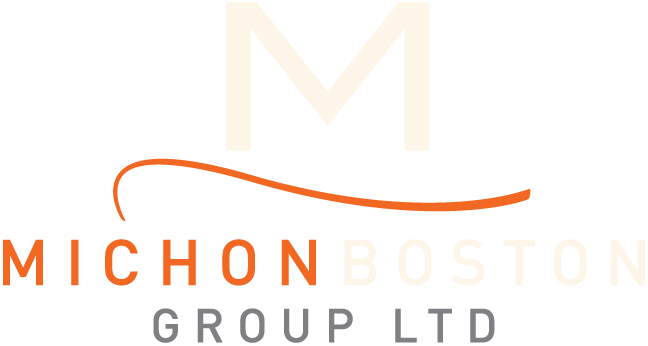Understand “NO” and Make It Your ‘YES”
Thank you for your submission…
You stop reading after “Thank you.” You know the first two words allude to a decision. “No,” even though that word may not be in the body of the message.
You’ve produced documentary films that have received national, including global distribution. You’ve won festival awards, perhaps a prestigious industry award or two. Most important you’ve put valuable time, resources, brain power, sweat, creative magic into that grant proposal, pitch deck, sizzle reel. And the answer is still “No.”
“‘No’ is part of the process.”
I’ve signed “Thank you” letters. I get the “No” too as a writer, creative, and self-employed consultant. I continue to pitch writing, projects, and project proposals. I’ve received encouraging “no’s” with notes, nasty “no’s” with attitude on the phone, and no response, perhaps the most frustrating. I sulk. I have self-doubt. I reach for the cookies, chips, whatever will coddle my let down. But I have to come back for more.
“No” is part of the process. The pile of rejections say you’ve put in the effort, and the work, you’re generating ideas. And let’s be honest, there’ve been some “Yes’s” in that pile which is why you’re a pro and a “No” doesn’t make you quit.
No one likes rejection. Let’s recognize the reality: the documentary field is competitive. When you apply or pitch remember you’re not the only person competing for the grant, the greenlight or whatever that resource may be to develop, complete, and distribute a story.
Though there are no hard-fast-rules for why projects are passed over, there’s a lot that can be learned when you understand “No” and how to apply it to the creative process.
The good news is that people working in documentary development and funding tend to be more responsive than many of their narrative fiction counterparts. Perhaps it’s because documentary programming space is limited, or production budgets are miniscule compared to budgets for blockbuster movies and dramatic series. The documentary community hangs together for support on both sides of the table and wants success for the genre as a whole.
Here are 5 “No’s” I’ve experienced from both sides of the process. Please note, everything here is my opinion, and mine alone.
#1 When “No” means “not now” - The topic of your proposed project may not be the hot topic of the moment. Or there are thematic, content priorities for that particular open call or distributor. Your submission may have strengths but other projects were closer to what the distributor, funder is looking for.
What can you do?
Stay up-to-date on current events, arts, culture and its impact. Engage in conversations that may have nothing to do with filmmaking to understand what matters most to people.
Learn more about the distributor and/or funder’s current content priorities and requirements. Follow their social media and/or sign up for their mailing list.
If notes from evaluations are offered, take them. Your project may not be selected this round, but there have been cases when re-submitting with adjustments (and shifts in priorities) for future consideration resulted in a “yes.”
#2 When “No” means “not me” - The “Me” or company, or open call is not a match for your project. Submitting your project to everyone and anyone can increase your chances of “No” if it doesn’t meet the criteria, mission and/or needs of the company or organization you’re submitting. Because of volume, people will not spend time with something that they’re not going to consider at all.
What can you do?
Do research before submitting material to make sure your project checks all eligibility boxes.
Know what is and isn’t a good match for your project. This can save you time and reduce frustration.
If “No, not me” has notes to share about your submission, with you, ask if they have recommendations for another resource or distributor for your project.
#3 No response = “No” - This is when you’ll take the “Thank you…” letter. The best way to submit a project to a production company or distributor is through a representative or agent. They’ll get the meeting and push for the “Yes” or some other deal or response. Some foundations or grants may be by invitation only.
But if you are not submitting through an agent, representative or by invitation, and get no response, consider this…
The company or organization is not accepting unsolicited submissions .
A production company, organization may not have mechanisms to respond to the hundreds or thousands of pitches and proposals. There is just no time to say “no.”
What can you do?
Confirm if a company is accepting unsolicited submissions before sending your material.
If you can submit, inquire once about your submission after a reasonable time has passed (just over 30 days will work). If there is still no response, move on.
#4 The Friendly “No” - As my mother said to me, there’s a “difference between a friend and an acquaintance.” Is it a true friendship that can survive a “No,” or a transactional one? Familiarity can be uncomfortable because we all know most deals are made based on who you know. Friends on the inside have to do a fair amount of gatekeeping for the company or organization. They don’t want to risk a good friendship or their job for your project.
What can you do?
Ask for friendly advice and guidance.
Know and respect boundaries.
Keep relationships positive and supportive for everyone. To be honest, neither of you know when the shoe will be on the other foot or a collaboration may happen in the future. You don’t want to strain a relationship or burn a bridge you’ll have to cross later for whatever reason.
“Get the ‘No’”
#5 “Maybe” and you haven’t heard anything for a year - The preferred “Maybe” is a “first look” or development agreement that comes with resources and a date for a greenlight or “No.” But what if you’re working solo and you have a great meeting with someone who’s interested in participating in your project as a funder, investor, executive producer, producer or talent. You get a “letter of interest.” Months pass and there’s no reply to your emails, no calls returned. “Maybe” or show of interest can lift your spirit and hopes, but it can also stall your project when you’re being “ghosted.”
What can you do?
“Get the ‘No’” this was advice from a filmmaker and it’s been helpful. This frees your project to go to next steps or better alternatives.
Know the conditions or benchmarks for the “Maybe” to become a “Yes.” Do you need to raise a certain amount of money to lock in a “Yes”? Is your schedule acceptable? There may be enthusiasm for the story or themes of your project, but not the process.
Avoid posting the “Maybe” news on social media or making announcements, especially without permission. “Maybe” may want the press even though the final answer may be “No.” That doesn’t help your project.
Decide on the shelf-life for “Maybe.” If “Maybe” doesn’t become a “yes” within a designated time frame, get the “No” and move on even without the “No.”
“Build your community of support”
When it seems all is “No” What can you do?
DIY (Do It Yourself) - If you believe in your project, continue to develop it. Look at leads and notes you’ve collected from the “No’s”. Consider adapting your project for a different medium or format where you have total control and access to resources to get it up and see what sticks.
When you have a presentation date, send an announcement or personal invite to your “No’s” and “Maybe’s” to keep them in the loop.
Build your slate - This was good advice I got from an actor/writer friend. You have more than one story to tell and give your attention to. Having more than one project on your slate takes the sting out of “No.” It gives you balance about your work.
Build your community of support by taking a time out with fellow filmmakers, friends, and family. Meet up with someone in person or virtually. It’s good to have people, another activity or passion you enjoy that has nothing to do with filmmaking.
Take yourself out on an Artist Date - Julia Cameron’s 1992 best selling self-help book “The Artist’s Way” is still being passed around to this very day. The “artist date” was an essential part of her artist “recovery” process. The date may include gallery visits, sports, museums, live performance, events, nature retreats, a hobby. Or a nap pause. All this can recharge your mind space, keep you in balance, and get your creative juices going again.
After your project pause, get moving again. Movement attracts people to your ideas and energy. It’s a way of reminding yourself, even in times of rejection, what you love about filmmaking.
It’s saying “YES” to you.


